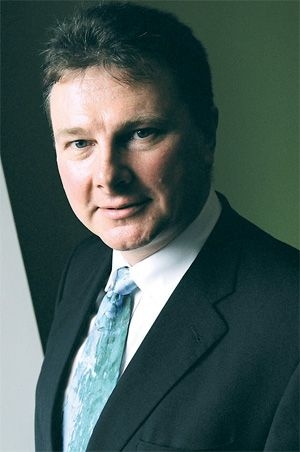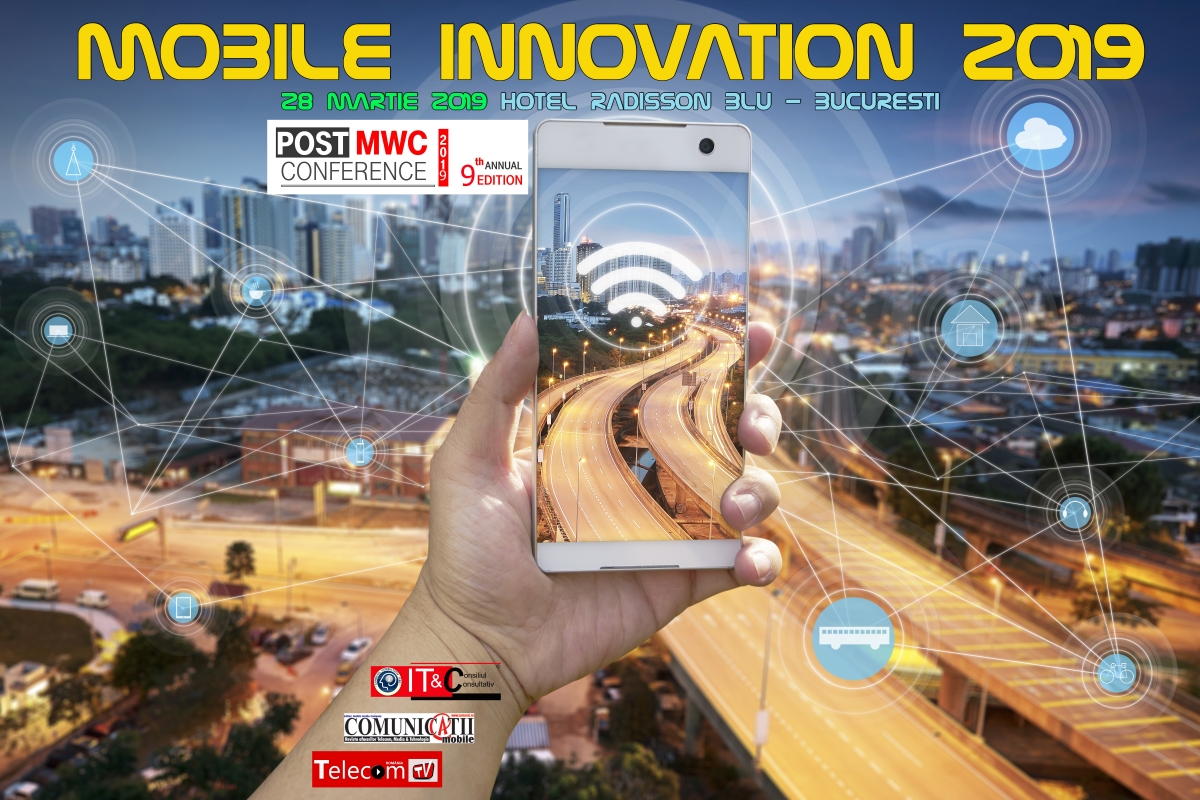
Interview with Andrew STEVEN, Director, Microsoft Communications Sector EMEA
"From a business development perspective, 3GSM 2005 was a successful event for us. Most notable was the number of new discussions which arose with telecom companies in Central and Eastern Europe. As media businesses are starting to grow in the region, they are beginning to focus on how to open up new revenue streams by distributing this new content".
C@M: How do you appreciate the 2005 3GSM Congress edition, that was organised for the last time at Cannes, France?
Andrew Steven: There was a palpable excitement at this year's show with the overall atmosphere distinctly upbeat compared to previous years. I think this was a result of the fact that this year 3G had finally launched in a lot of countries and there was a sense that, after years of anticipation, we had delivered on the promise of 3G. Also, not only was there excitement about what we'd achieved, there was excitement about where we go next...to Barcelona and beyond 3G.
C@M: What are the news that really impressed you and the trends for 2005 presented at Cannes?
Andrew Steven: The trend of operators becoming increasingly content-oriented is a major development which was echoed throughout the show. Revenues from mobile data services are predicted to take off, with mobile operators earning more than 30 percent of their revenues from data services by 2008 - this is more than twice the revenues they are gaining today. IP In Cannes this year, we saw the synergies between 3G and IP networks being utilised with wireless operators offering compelling packaged services over an IP network - bundling voice and data services into a subscription service as a way of encouraging consumers to start using mobile data services such as email and music downloads.
News around mobile data services was prevalent among the network equipment providers with Siemens announcing a HSDPA data card, which enables data to be downloaded even faster with the aid of HSDPA mobile technology, a data turbo for 3G/W-CDMA.
At Microsoft Communications Sector, we launched Connected Services Framework, a new solution that enables wireless and fixed line operators more rapidly and cost-effectively deliver voice, data and multimedia services over multiple networks and to multiple devices.
Microsoft and Nokia announced a long-term strategic agreement to collaborate on digital music in the wireless space, helping to ensure consumers can enjoy their music anywhere. Music downloads are one of the 'hottest' new data services available, joining email as one of the top "killer applications" for mobile.
Together, these kinds of news announcements point to an overwhelming recognition in the world of telecoms that building and rolling out new services will be what sustains the industry. It is clear that operators are now starting to think about a range of services that they can offer as a package, enabling them to increase their revenues and create 'stickiness' on their network.
As part of this trend towards content and mobile data services, there was a buzz at 3GSM at an infrastructure level around IP Multimedia Subsystem (IMS). IMS is a set of standards and technologies that enables service providers to exploit the capabilities of IP-based wireline and wireless networks in order to rapidly and reliably offer new services. The IMS initiative promises an economical and viable method of implementing this seamless convergence of voice, data, and multimedia services. Whereas last year IMS was only just surfacing, this year IMS is broadly accepted and was a buzzword at the show. Microsoft is embracing IMS as a core network architecture that furthers our goal of a 'software-powered service network'.
C@M: How did your company benefit from being present at Cannes 3GSM Congress?
Andrew Steven: From a business development perspective, 3GSM 2005 was a successful event for us. The meeting rooms at our Executive Briefing Center were constantly filled, our eight pods at the stand in Hall 1 were busy and we even spilled out to the stand to take meetings with new contacts. Compared to previous years, we also found that we were meeting more senior business executives within operators - even Chief Network Operators were discussing service delivery with us - which suggests that technology is now distinctly mainstream.
Most notable was the number of new discussions which arose with telecom companies in Central and Eastern Europe. As media businesses are starting to grow in the region, they are beginning to focus on how to open up new revenue streams by distributing this new content. Being able to monetise the content produced at a local level by opening up previously untapped consumer segments is sparking much interest among Central and Eastern European businesses, leading them to engage with companies like Microsoft to discuss different platforms for content delivery.





